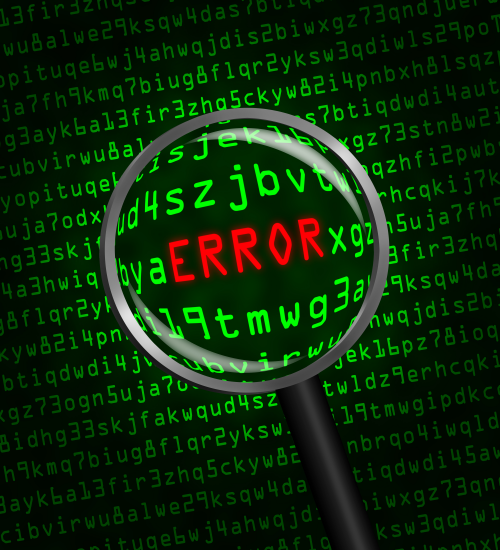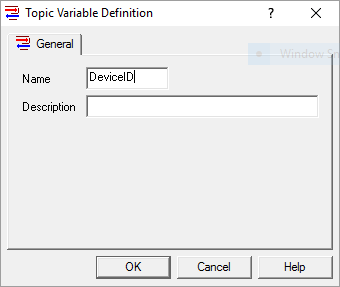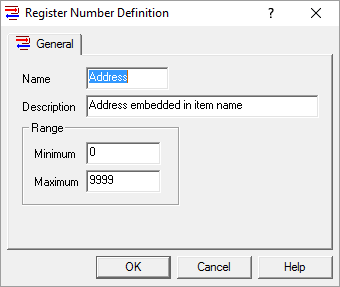You may be aware that OmniServer provides a wide variety of pre-defined Error Detection Codes (EDC, also known as CRC, LRC and Checksums) for use in protocols for non-standard device communication. However, it’s not uncommon to find an EDC that isn’t pre-defined due to some specialized handling by the device manufacturer.
To handle such situations, OmniServer provides the ability to build your own custom EDCs in an OmniServer protocol. This post, the second of three on custom Error Detection Codes, will cover the basics of creating a custom LRC (Longitudinal Redundancy Check) in OmniServer.













